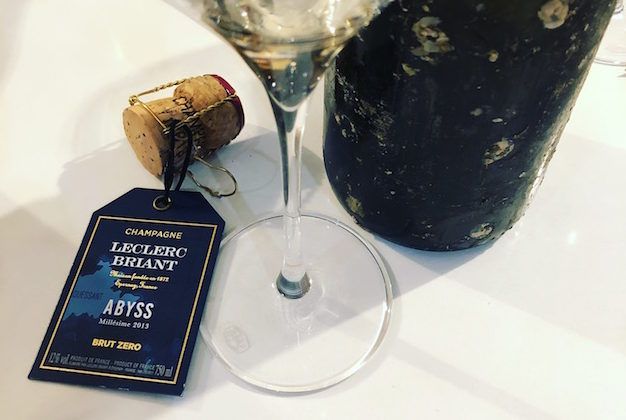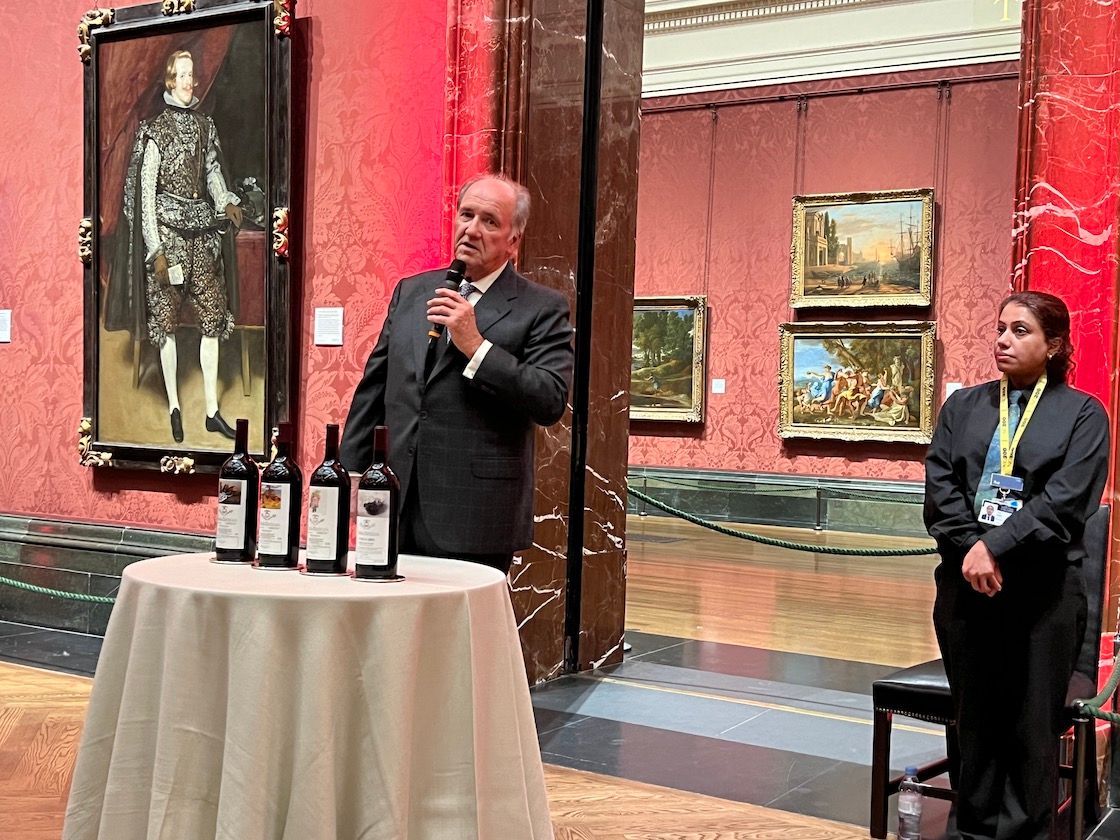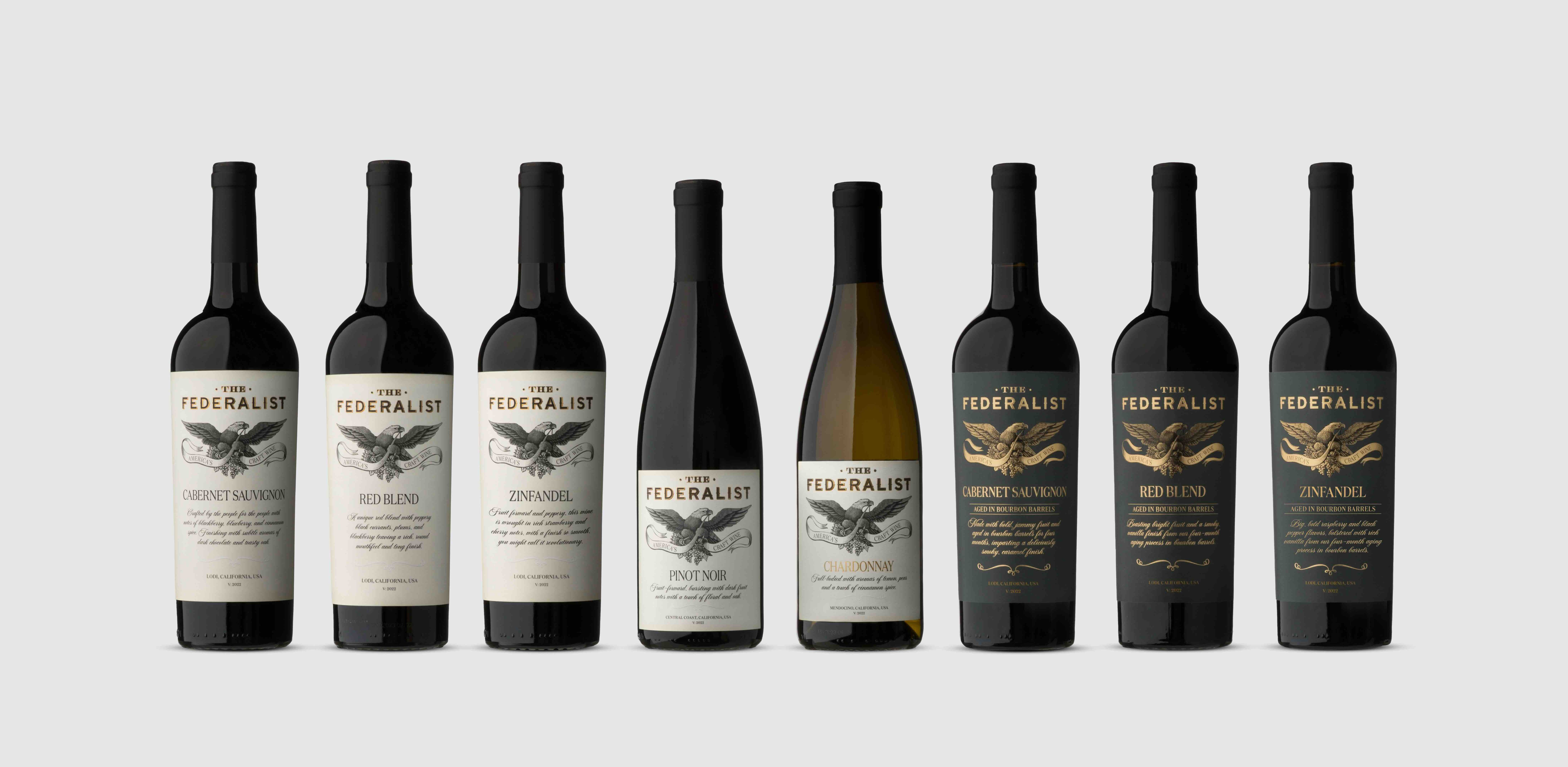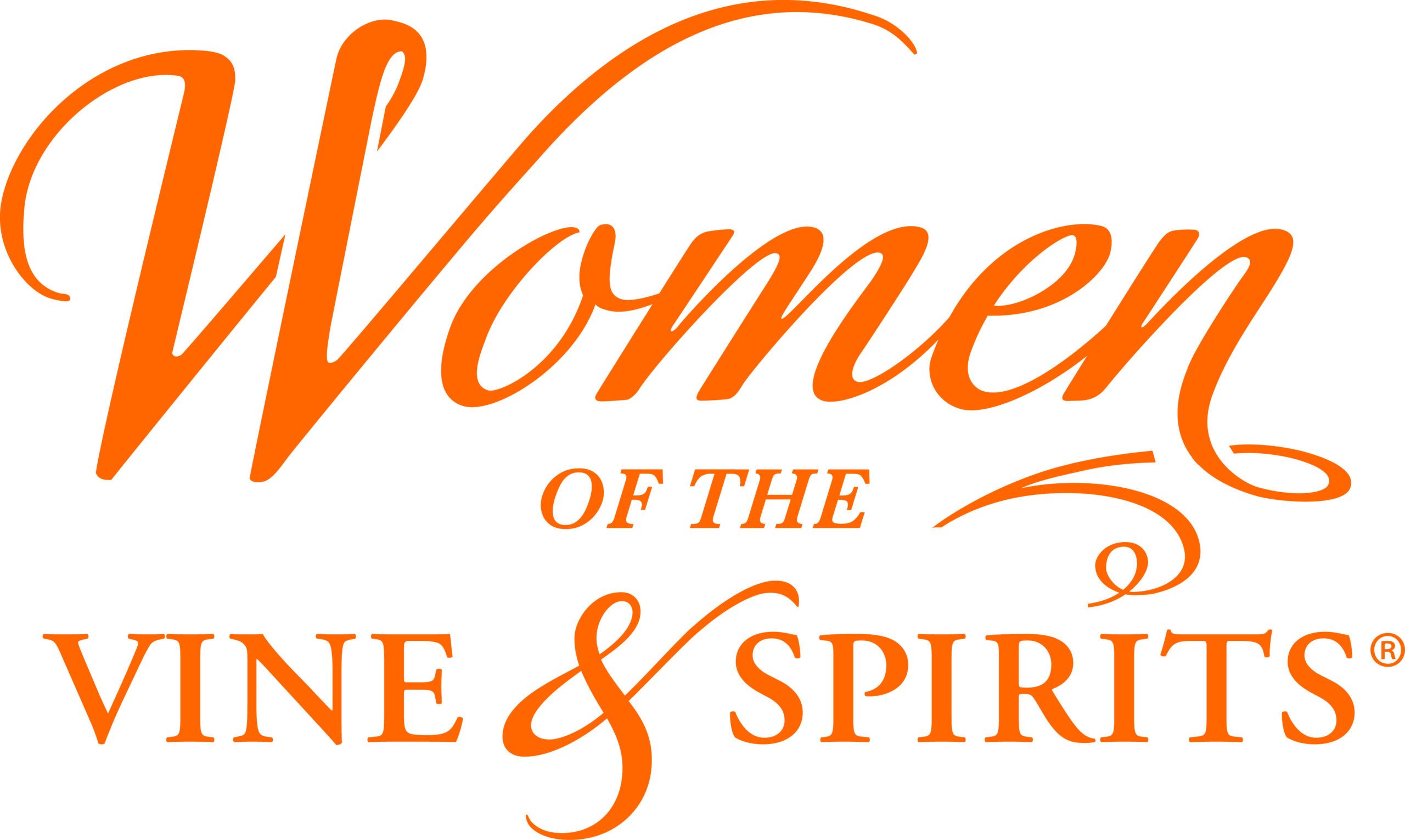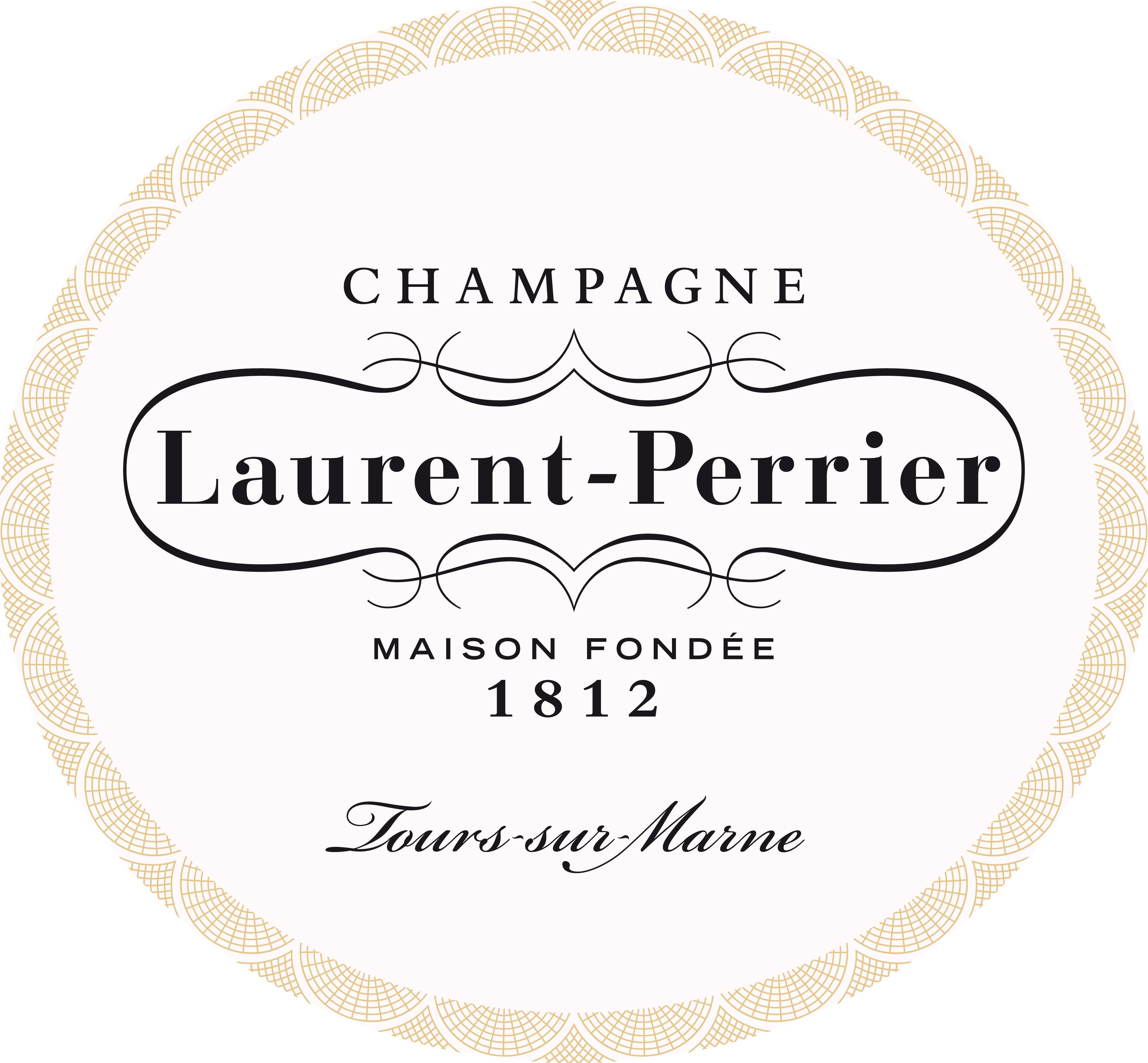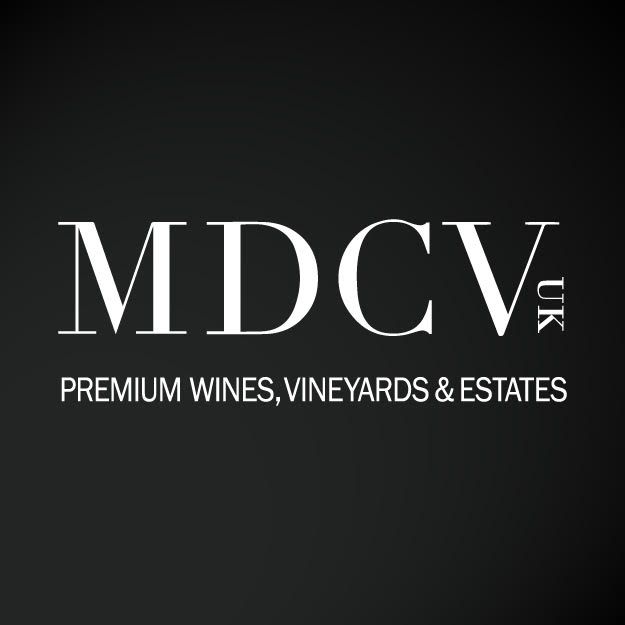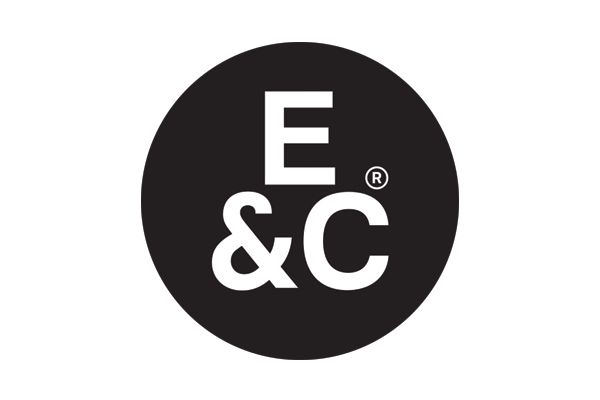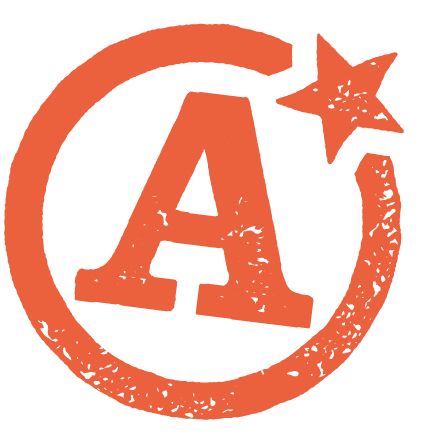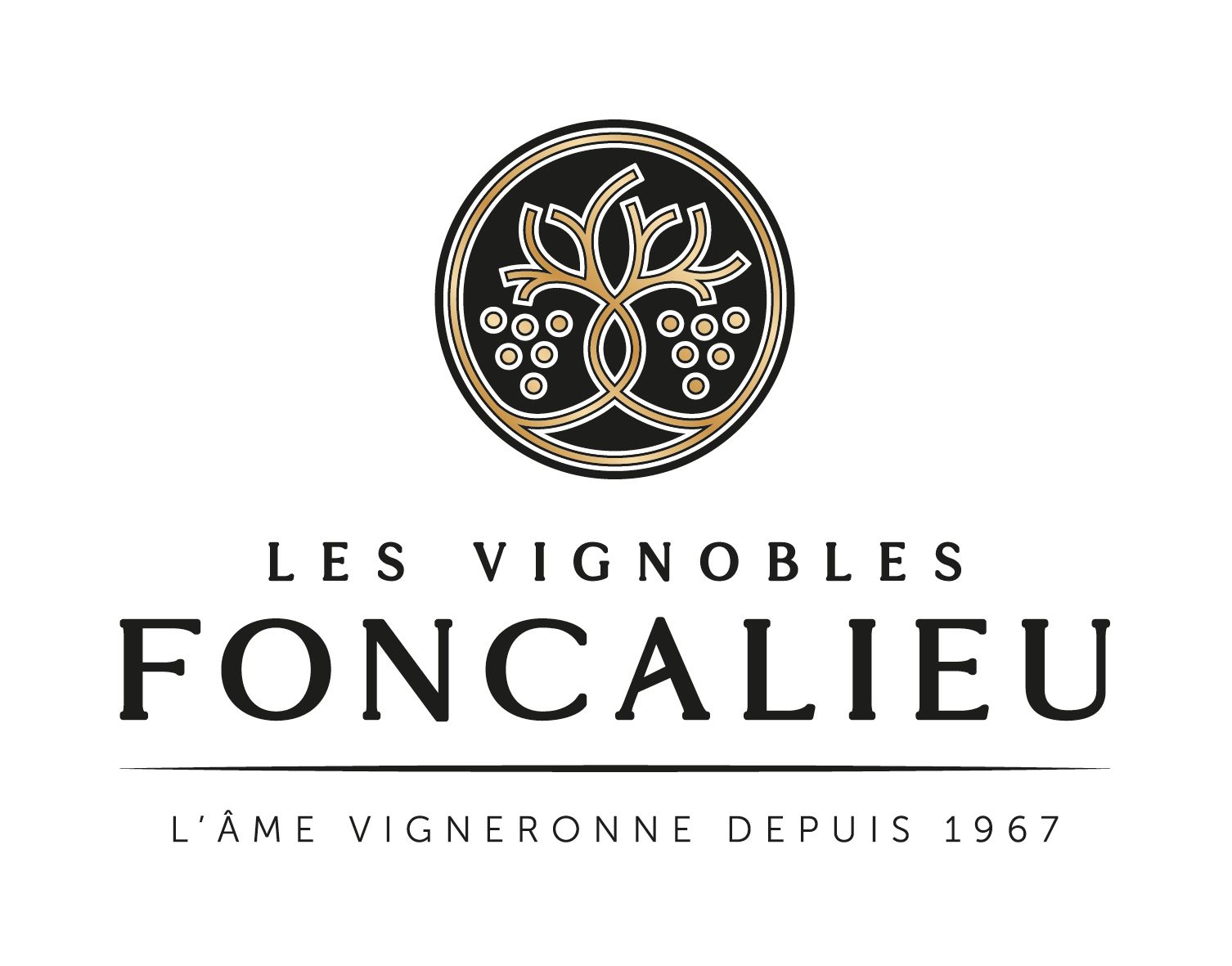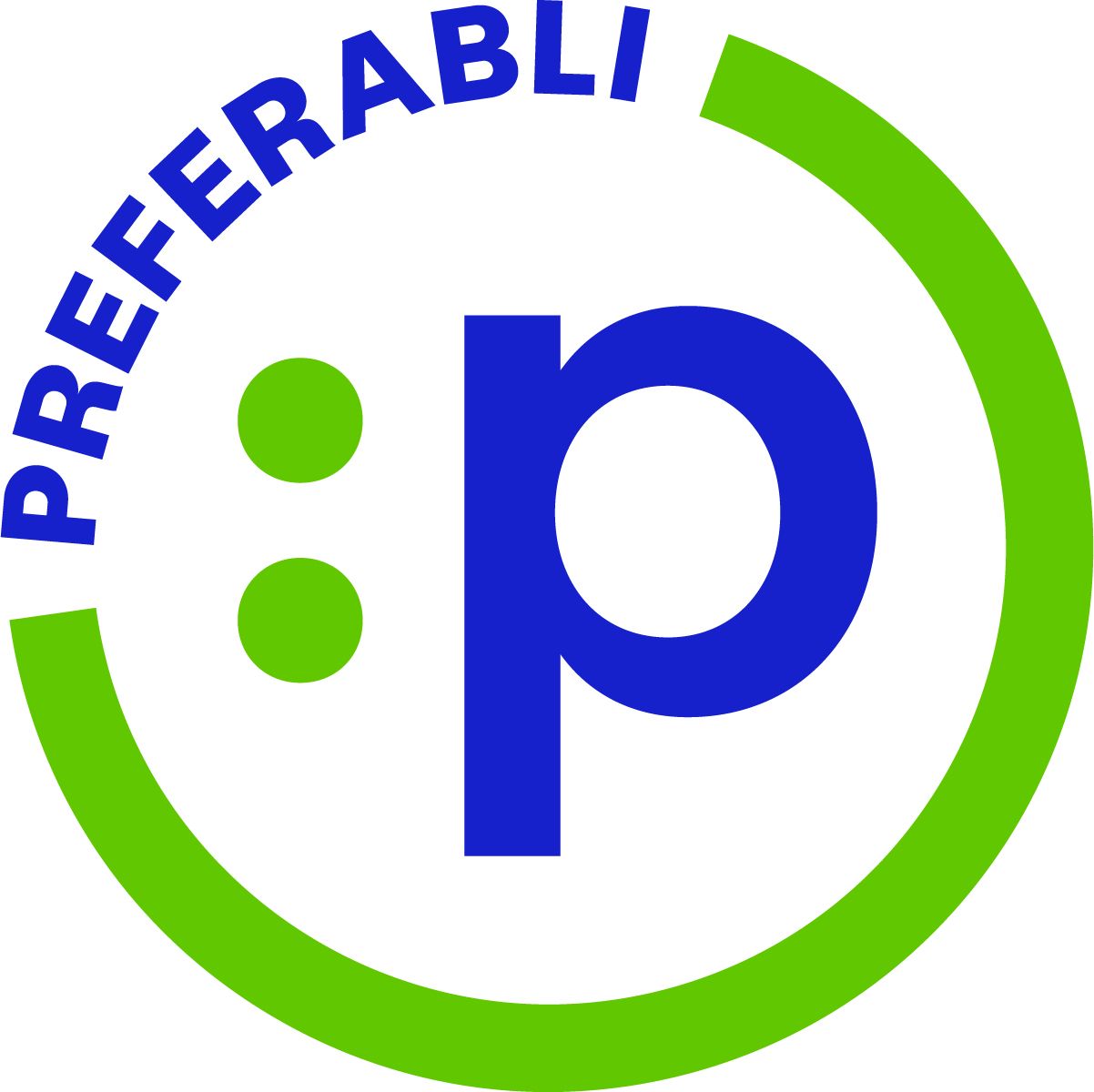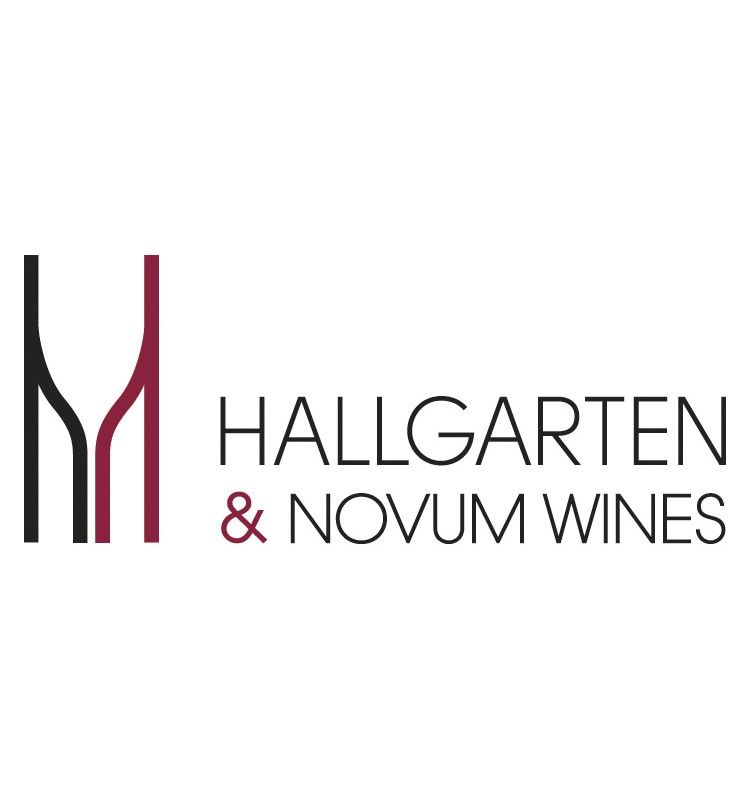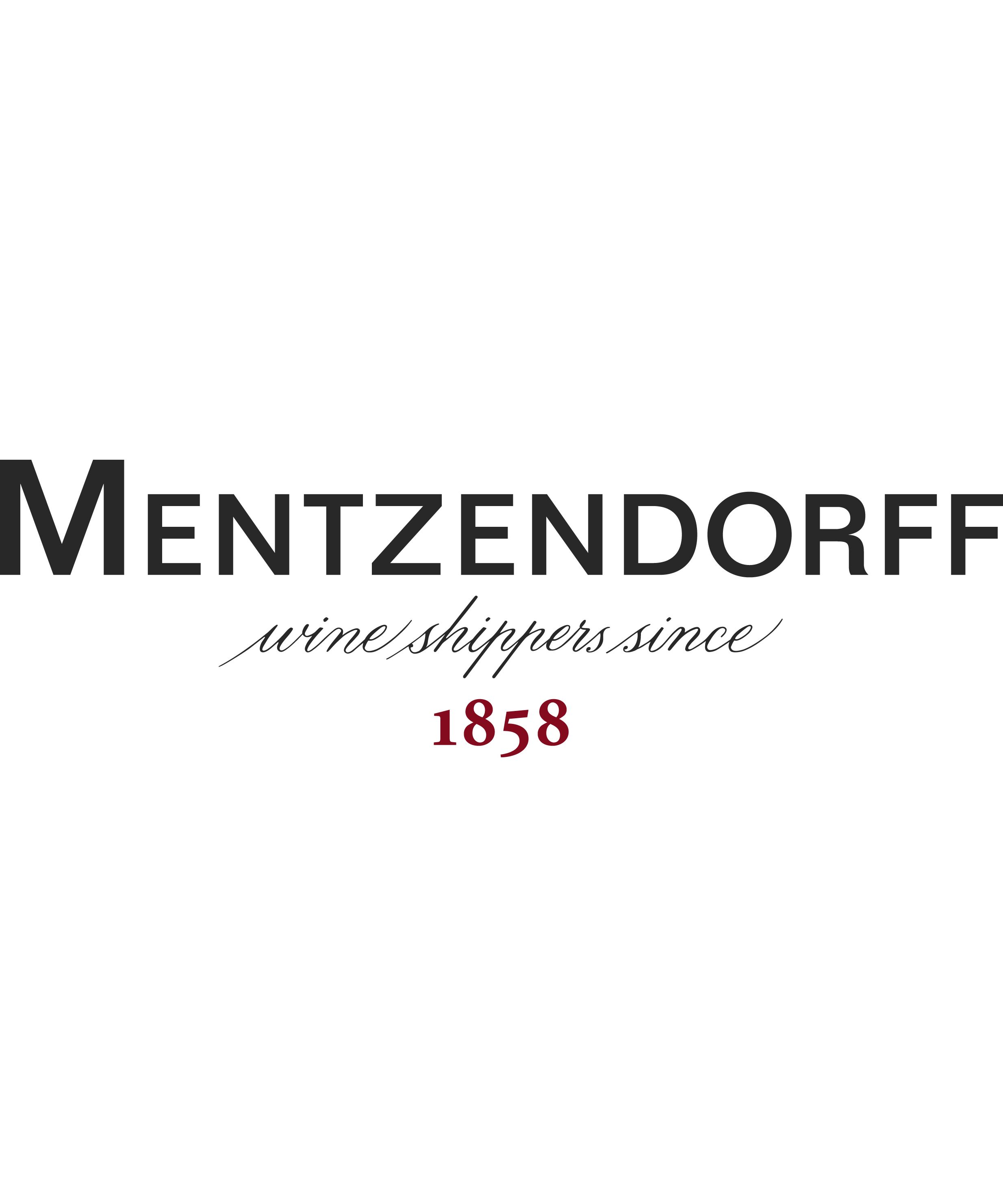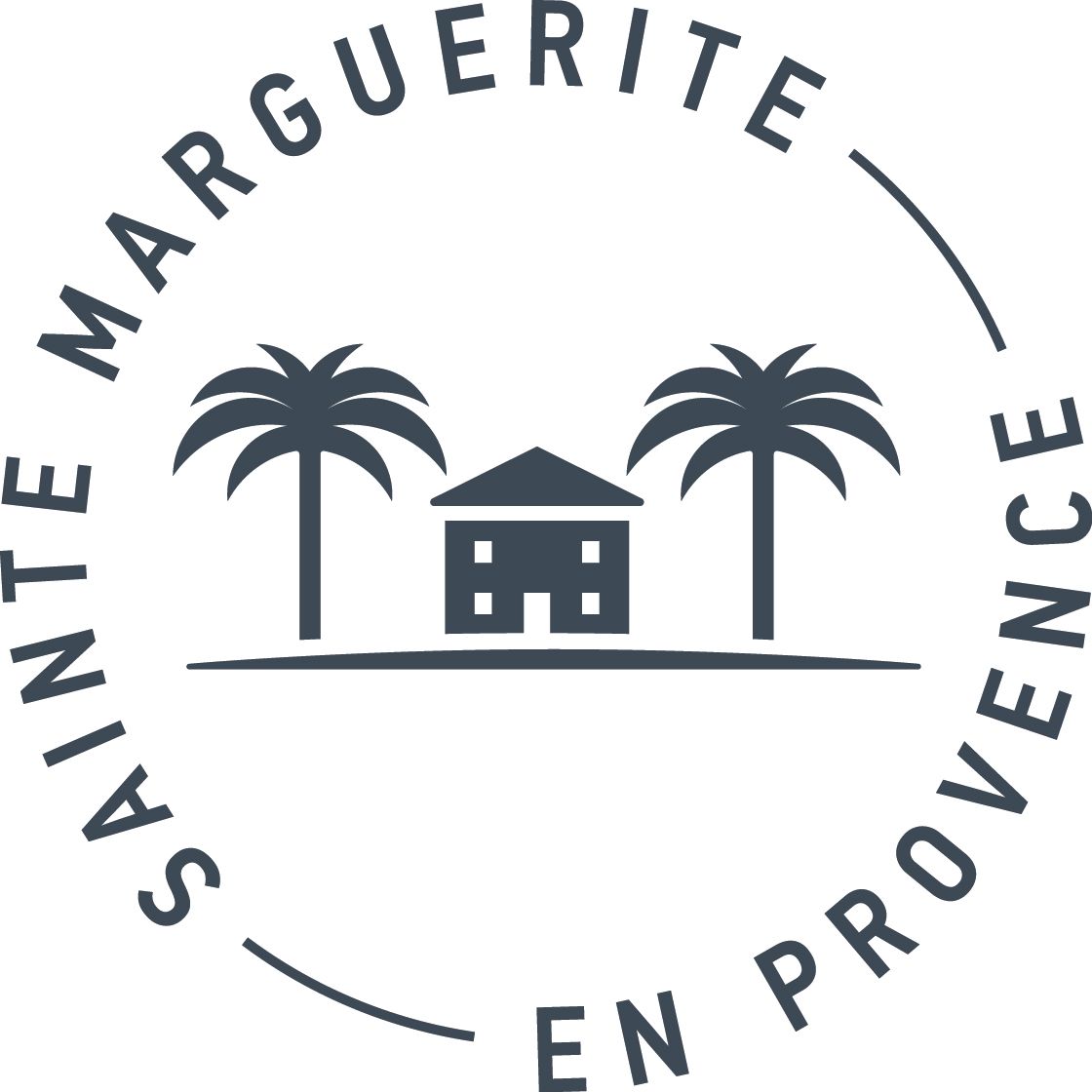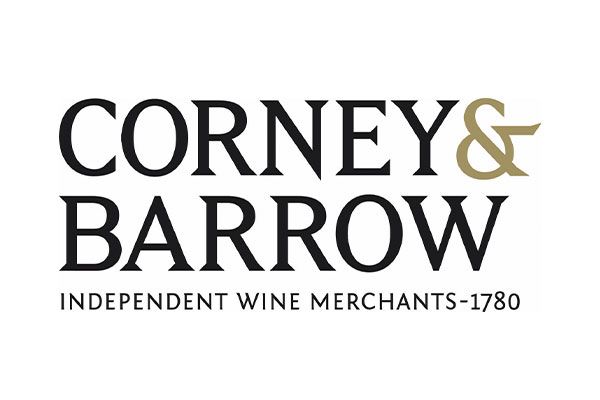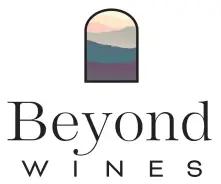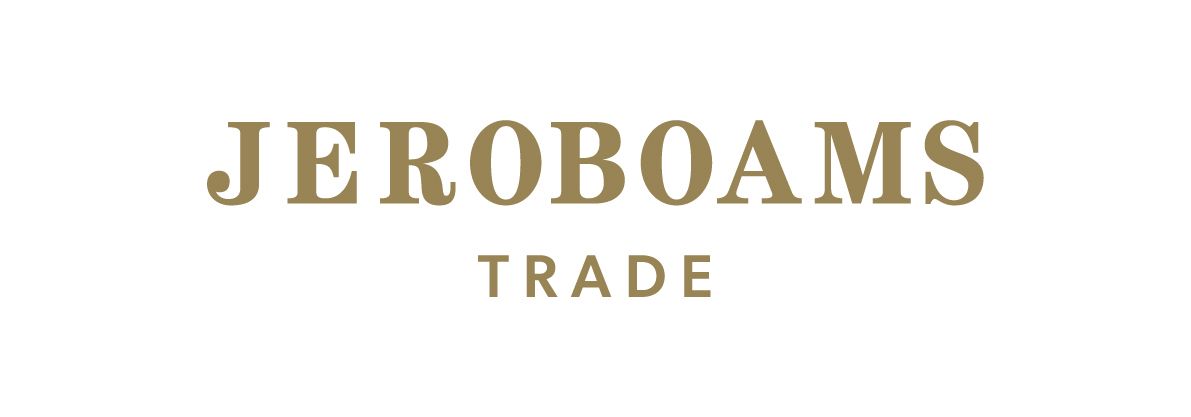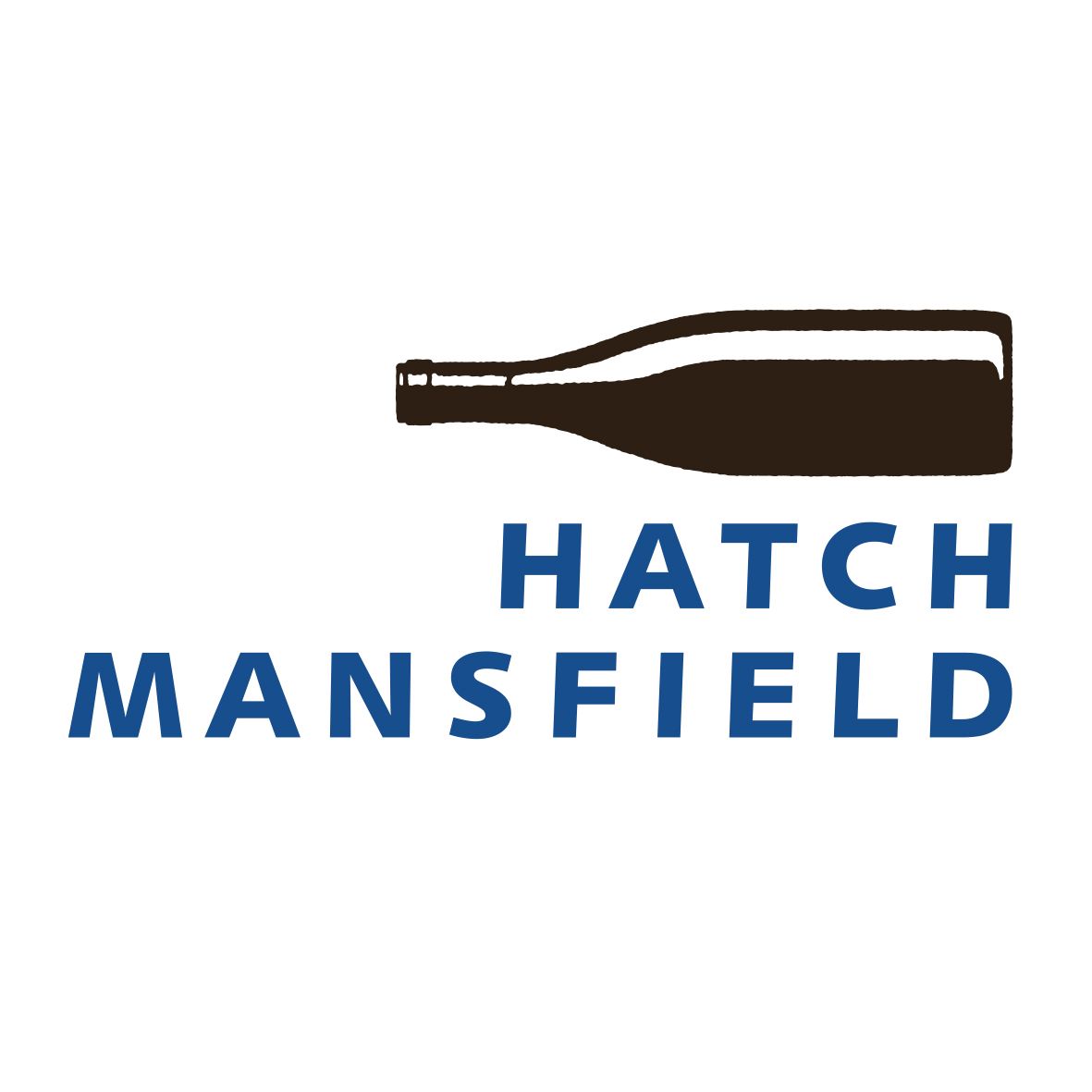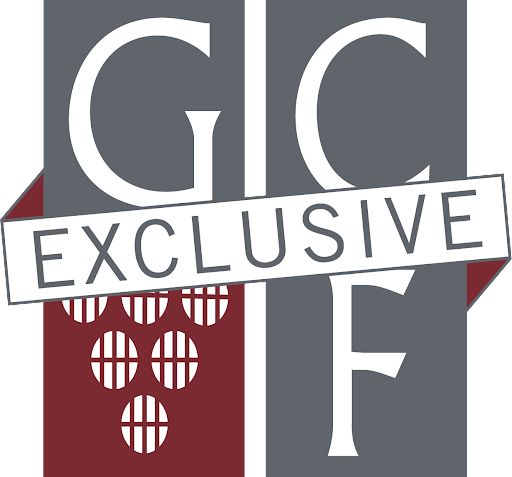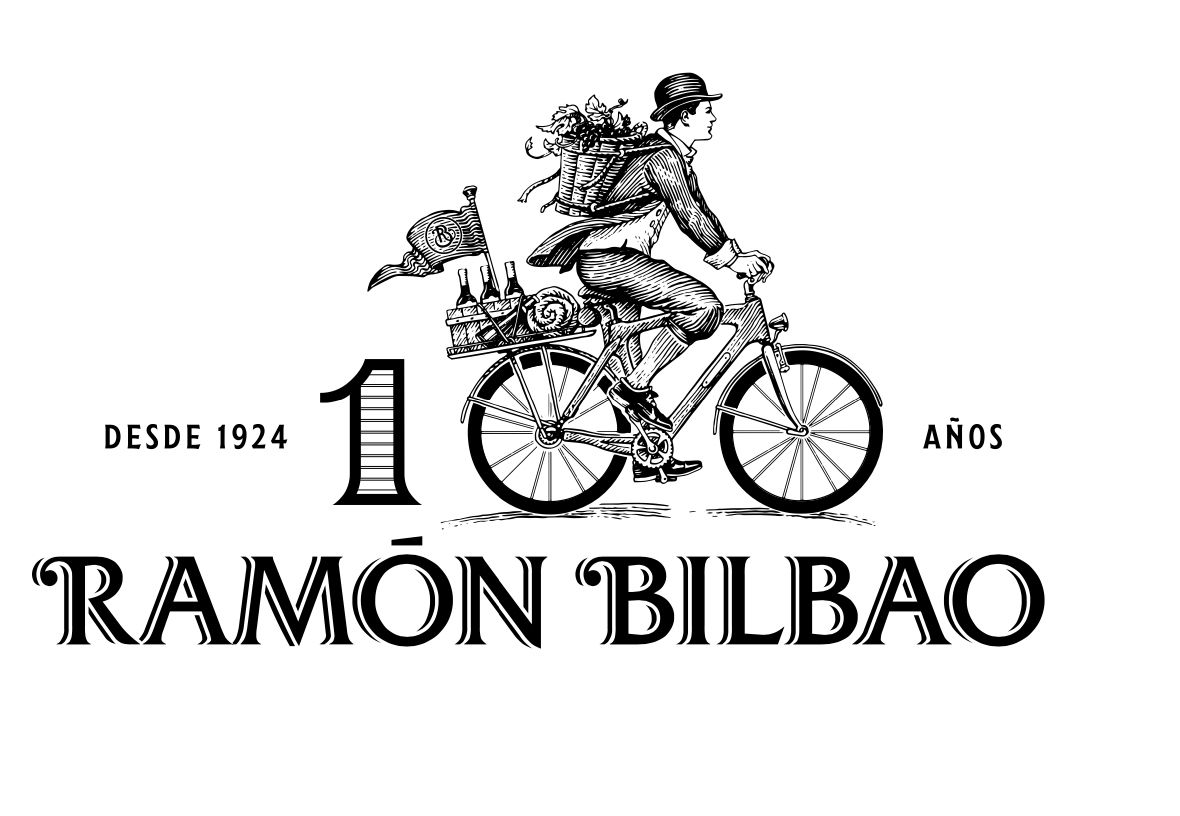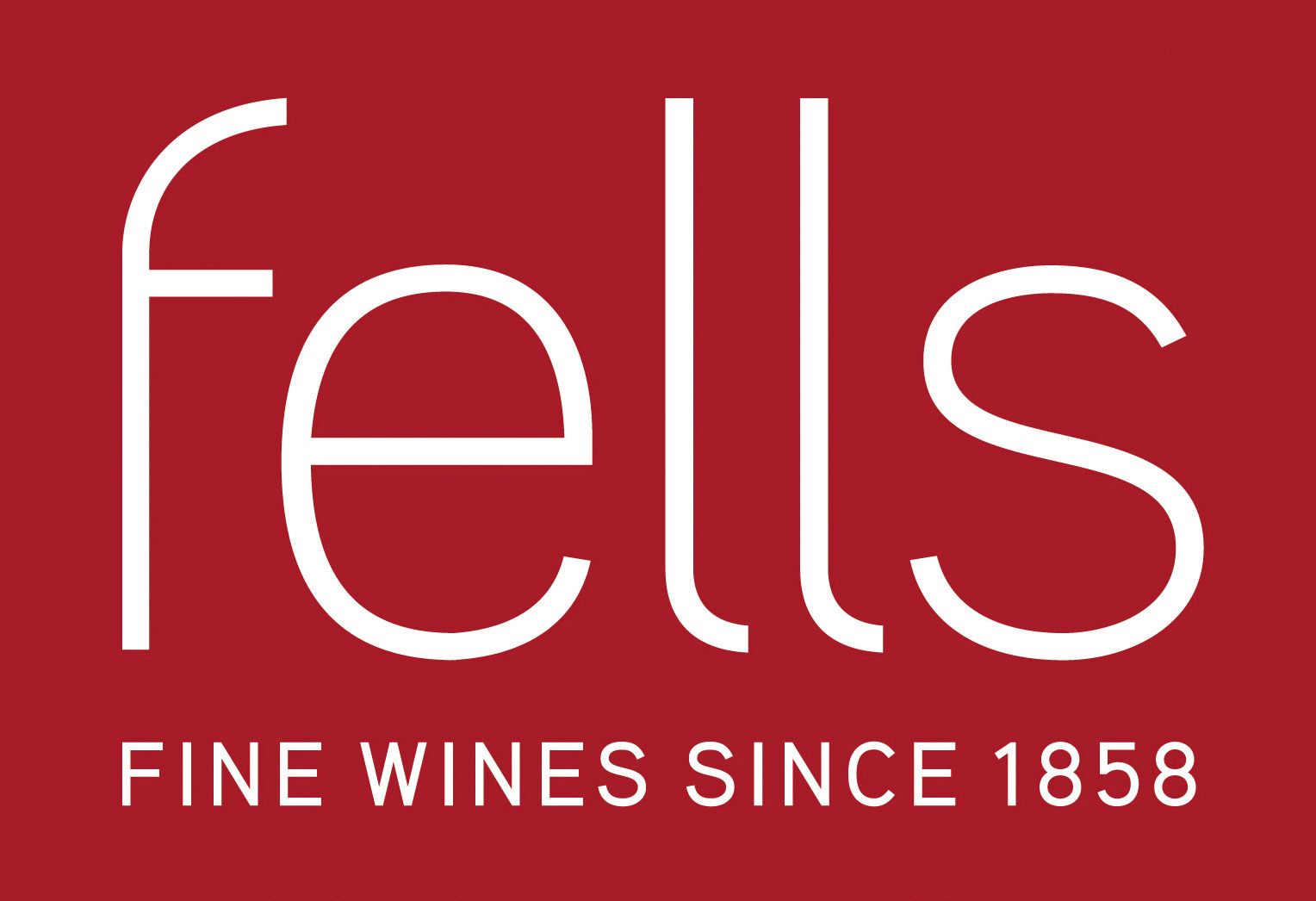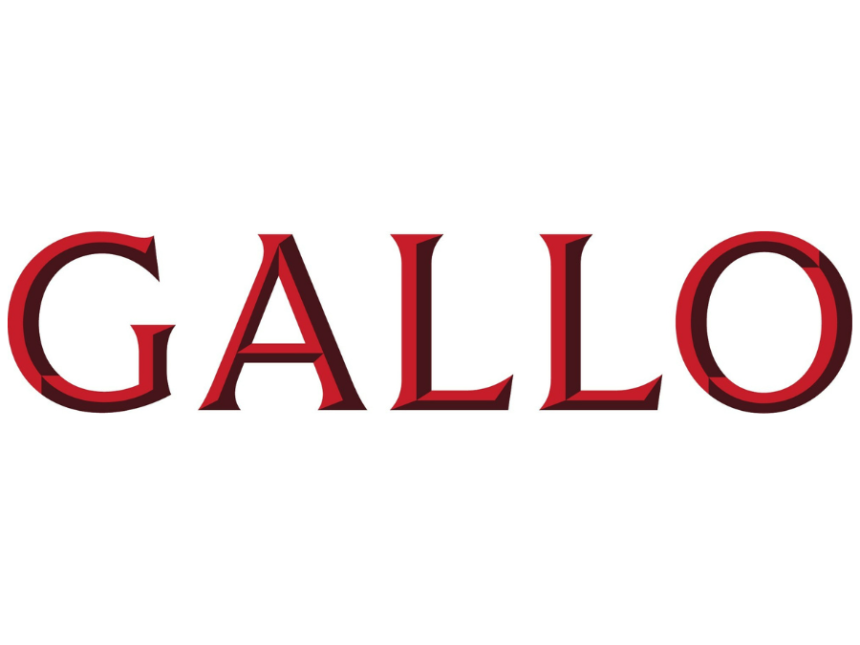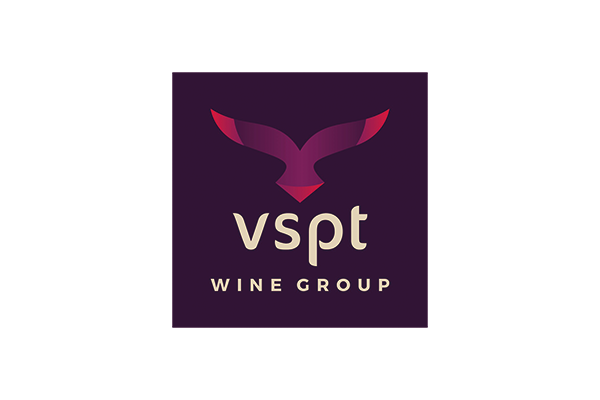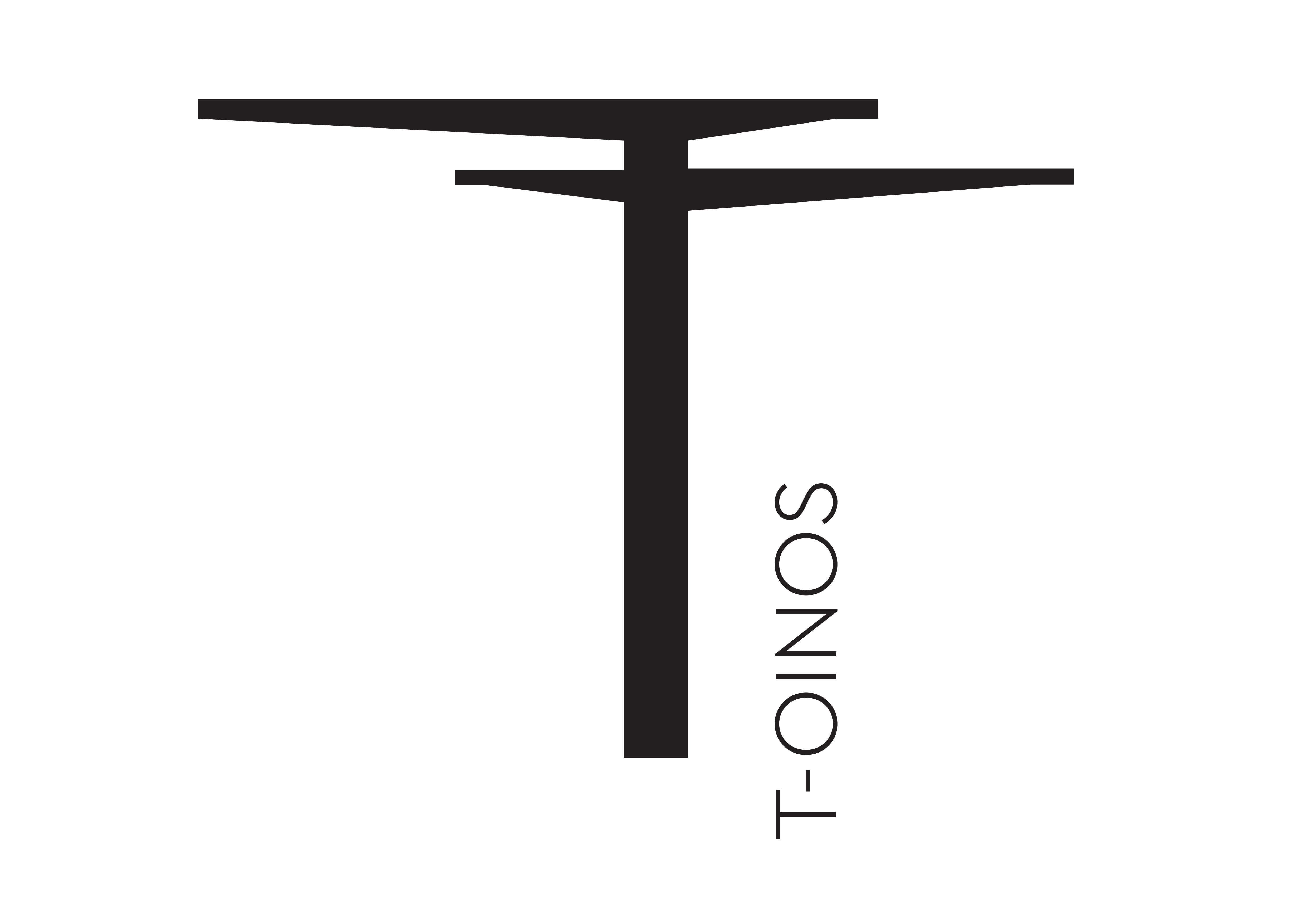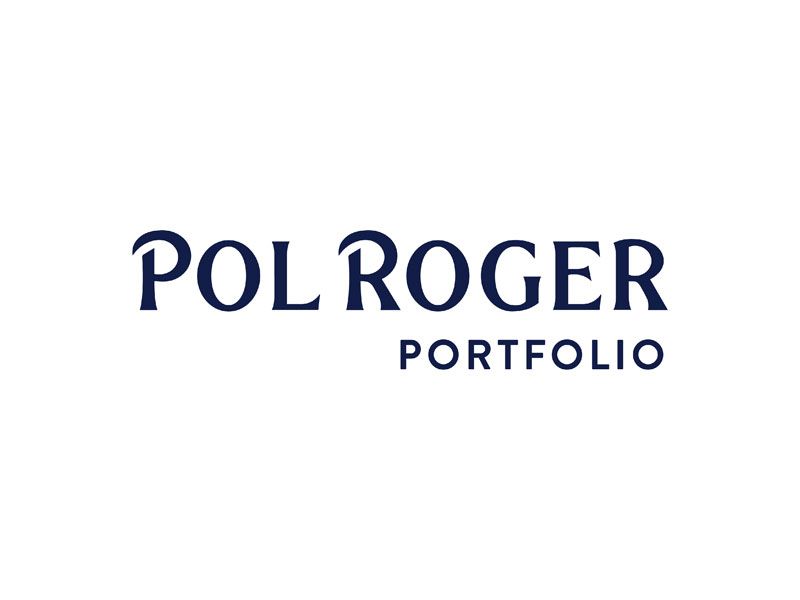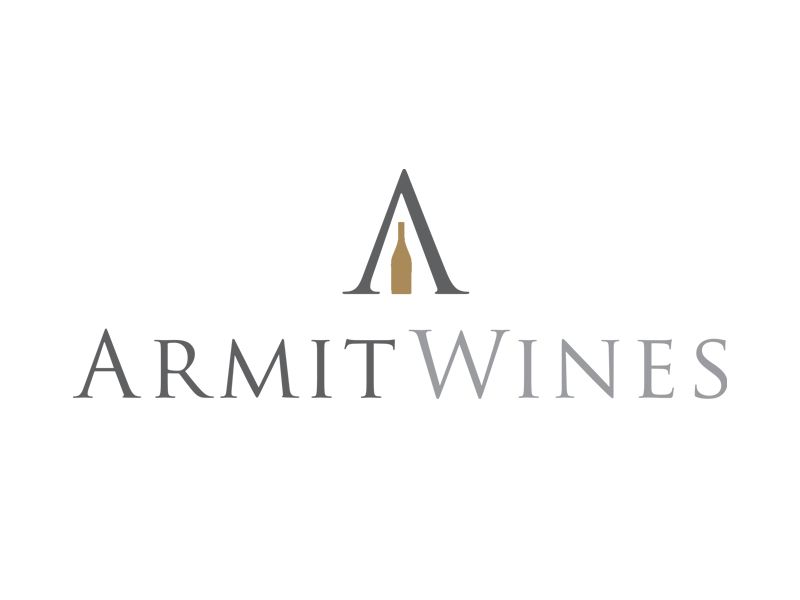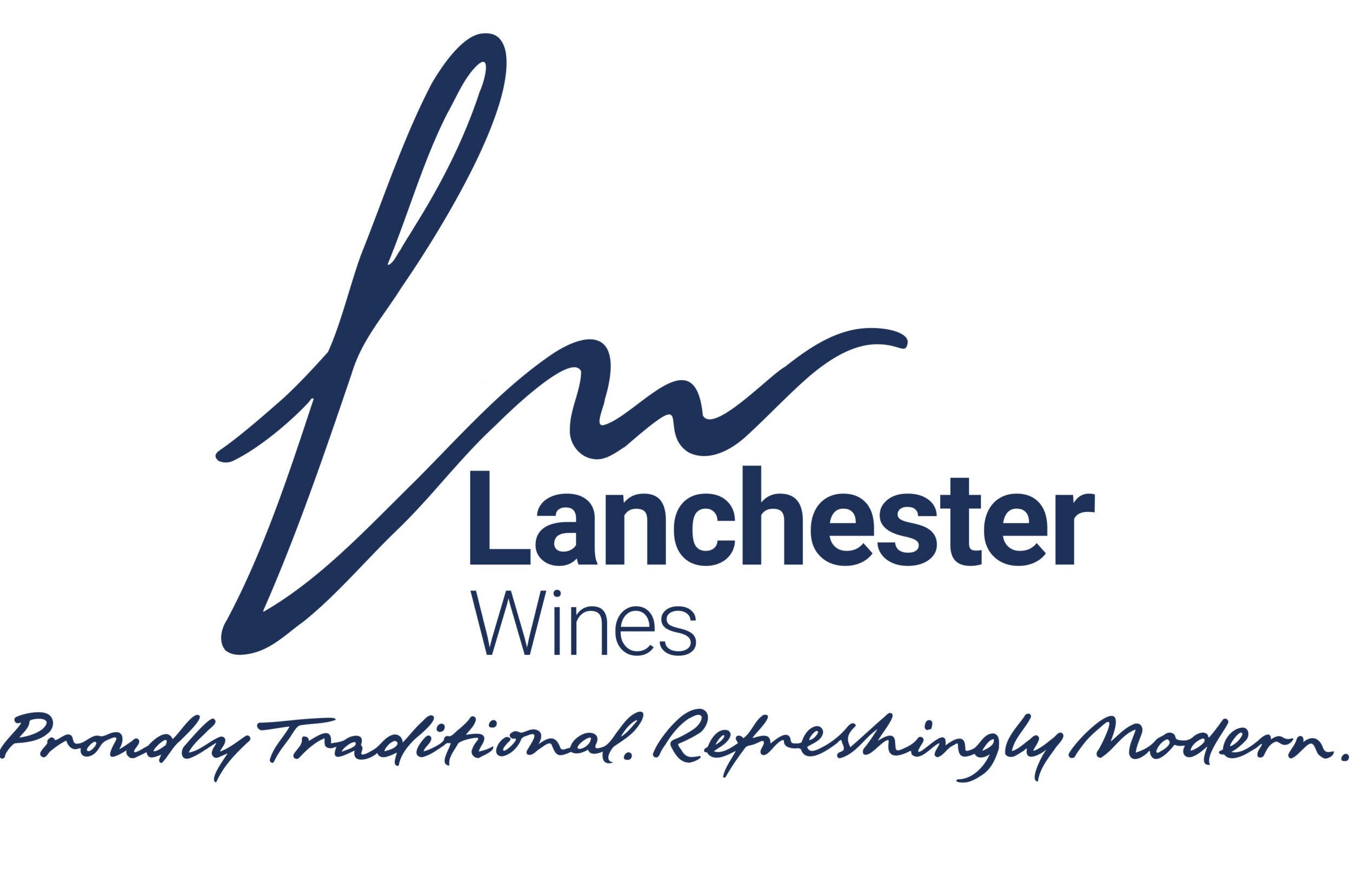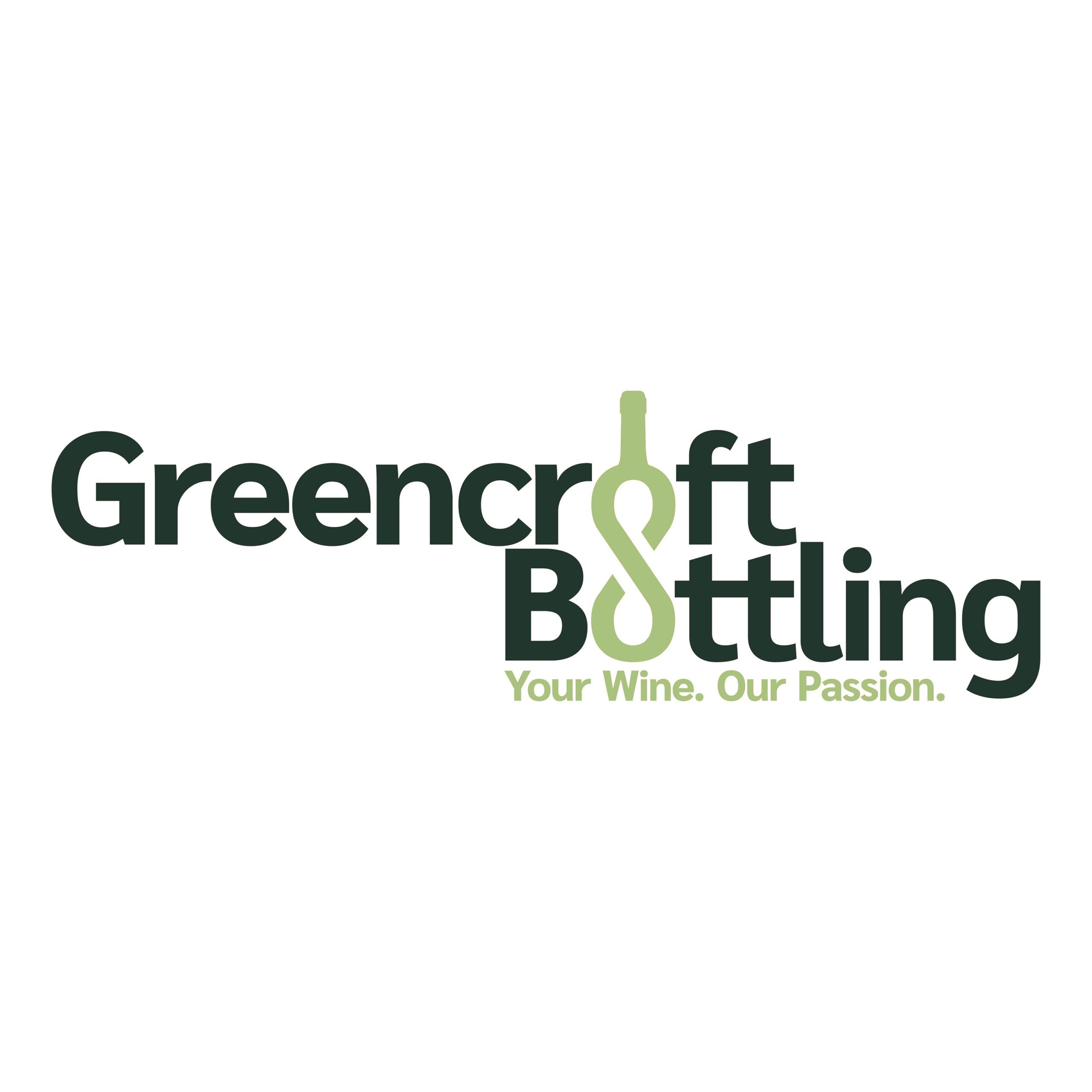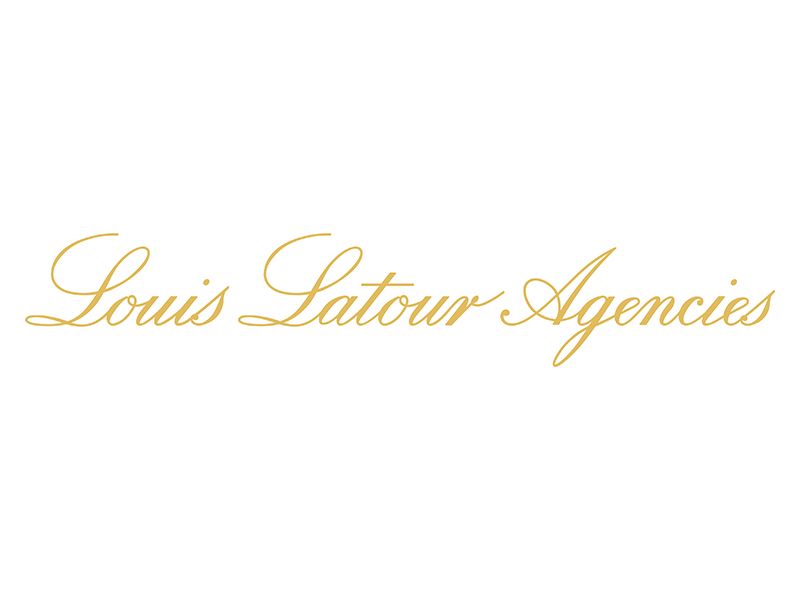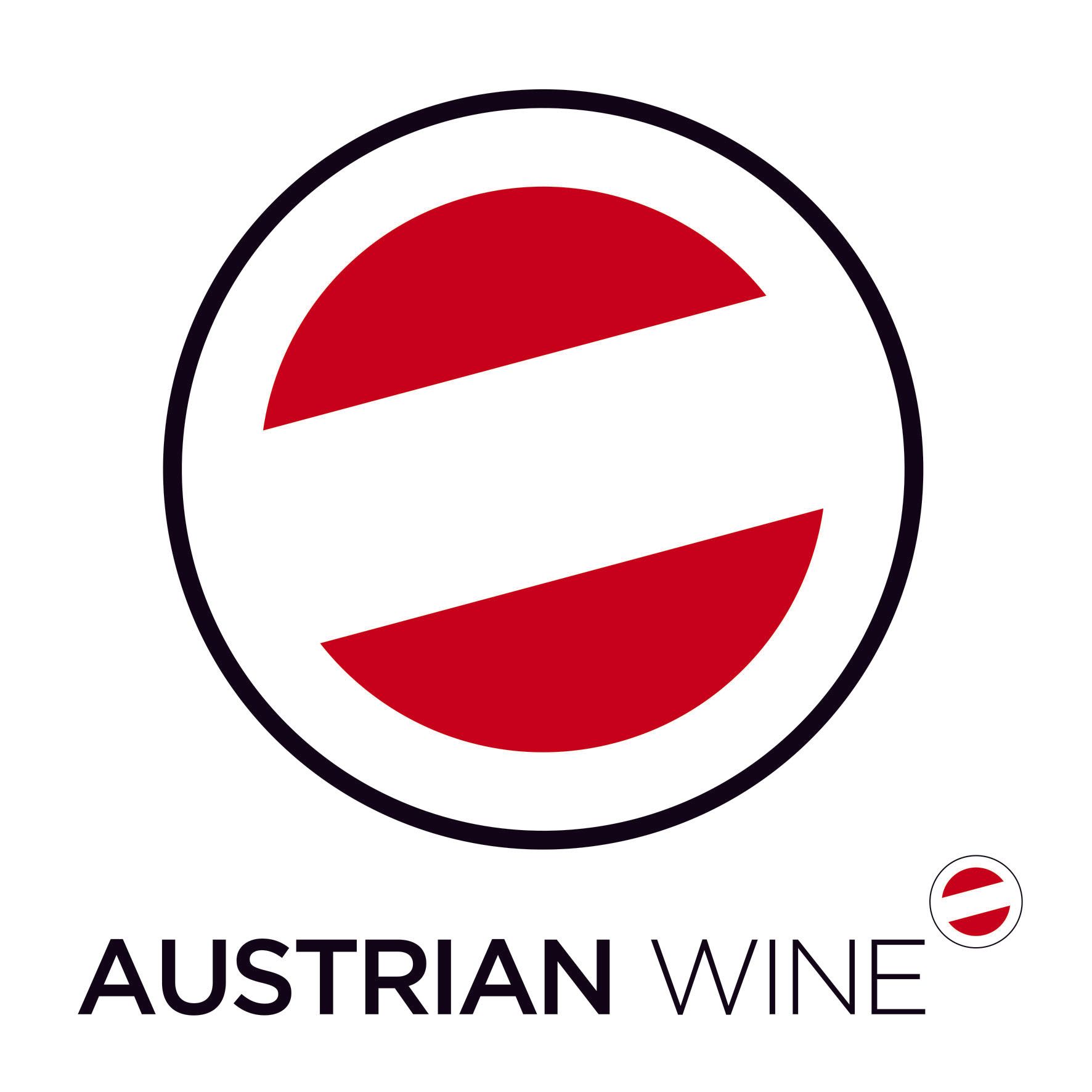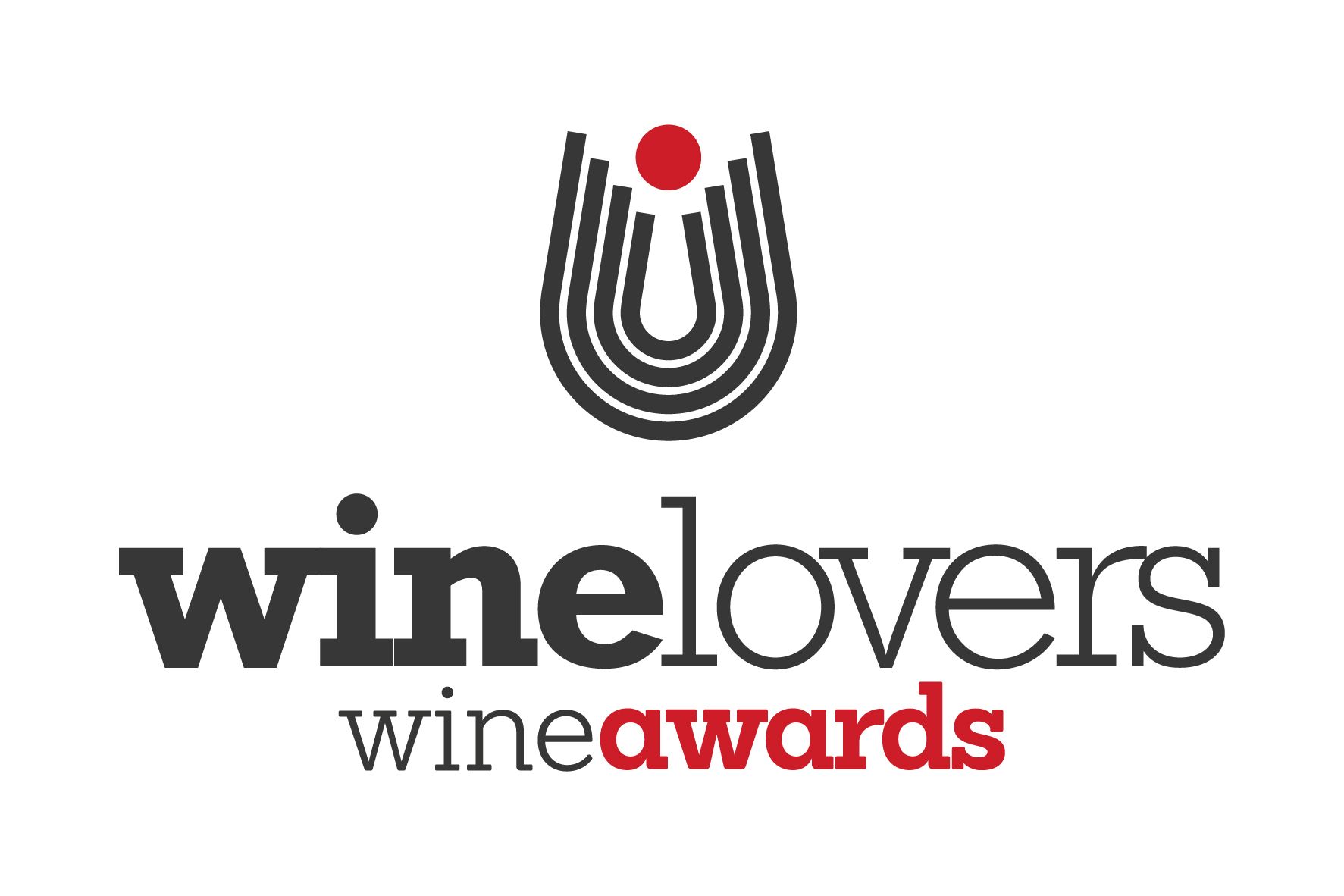Leclerc Briant’s latest innovations include a zero dosage that’s bottle aged under the Atlantic and a 24-carat gold barrel for fermentation.
When I was a child, I was notorious for always asking “why?”
I couldn’t just accept something. It had to be justified. Explained. There had to be a reason. It must be rational.
A career in journalism, always asking awkward questions, was bound to follow.
It’s just as well that I appear to have grown up a bit, otherwise I could have caused a scene at the launch of Leclerc Briant’s high-end Champagnes, at the venerable Berry Brothers and Rudd.
“What is important for me is not the reason why. It is the results. I can know the reality without the necessity to understand why.” Thus, Hervé Jestin, Chef de Cave, consultant oenologist and biodynamic guru, dismisses searching questions and curious looks, inviting us to focus on his creations instead. He is vindicated. Quizzical looks turn to nods of appreciation.
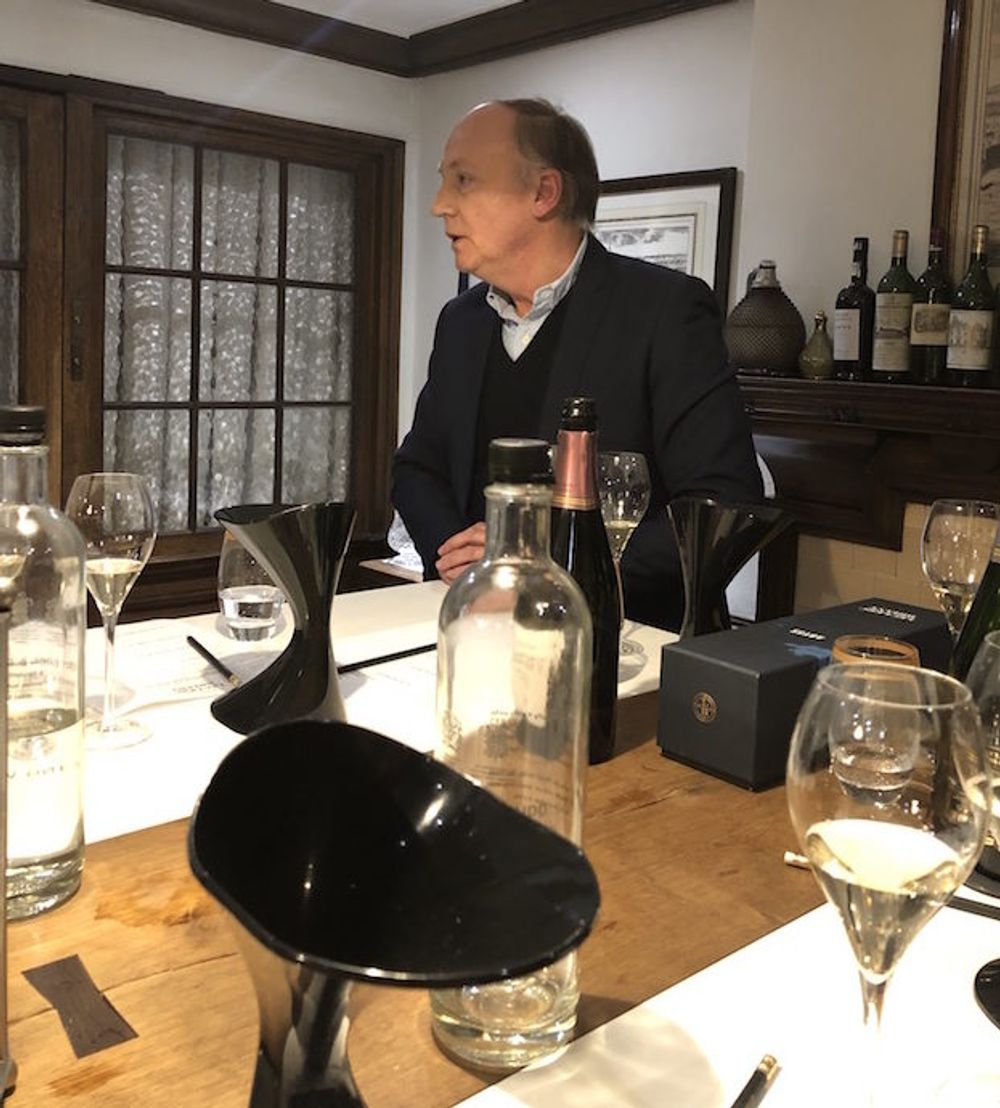
It’s results that count: Hervé Jestin at BBR, January 2019
The words organic and biodynamic are bandied about with ever greater frequency, but are still relatively unusual in the parlance of Champagne. Leclerc Briant, if not exactly an outlier, certainly sits amongst a select few.
Destiny almost certainly has a hand in Jestin’s role as chief winemaker. A pioneer in his previous role at Duval LeRoy, he had established himself as a successful consultant – including here in the UK, with Hambledon – when a change of ownership at Leclerc Briant created a new role that seemed the perfect fit.
Established in 1872, the house has a trailblazing history. In the 1960s, Bertrand Leclerc was one of the first in the region to embrace organic, with his son Pascal going further, converting to biodynamic at the end of the 1980s. When he died, aged just 60, his four daughters took over, but the pressures of the business, coupled with France’s inheritance tax regime, resulted in the painful decision to sell. Prized land went to bigger rivals and the house changed hands twice, ending up half the size it was.
In its current guise, under its American owners Mark Nunelly and Denise Dupré, its fair to say Leclerc Briant has its mojo back. Jestin has a senior role managing the business, supported by proprietors who clearly share his vision for wines that are close to Mother Nature.
Leclerc Briant feels perfectly in tune with the times, so signing the house is a coup for BBR and, although the relationship began last October, this is the first time it has shown off the range.
“We took our time to find the right people” says commercial director Pierre Bettinger. “We believe we have a style that people are looking for. More and more consumers want clean, leaner Champagne, with lower dosage. We don’t want people to drink it because it’s organic, we want them to choose it because it is good.”
Jestin emits an air of calm as he patiently explains elements of his philosophy. “Dom Perignon understood the importance of the moon,” he assures us, “wine must always be in connection with the cycle of nature.”
Along with the obvious observation of the biodynamic calendar, other techniques include adding chalk during a ferment, to help to balance the wine because “chalk is in resonance with the moon”; at bottling, he takes small samples into glass, reintroducing them to the tank, “to avoid bottle stress”; and he is currently trialling different fermenting vessels, including clay amphora and, most recently, a 24-carat gold barrel – the only one in existence – “as gold represents the alchemy that is fermentation.”
Going for gold won’t yield results for another couple of years, but we do get to experience some other experimental highlights.
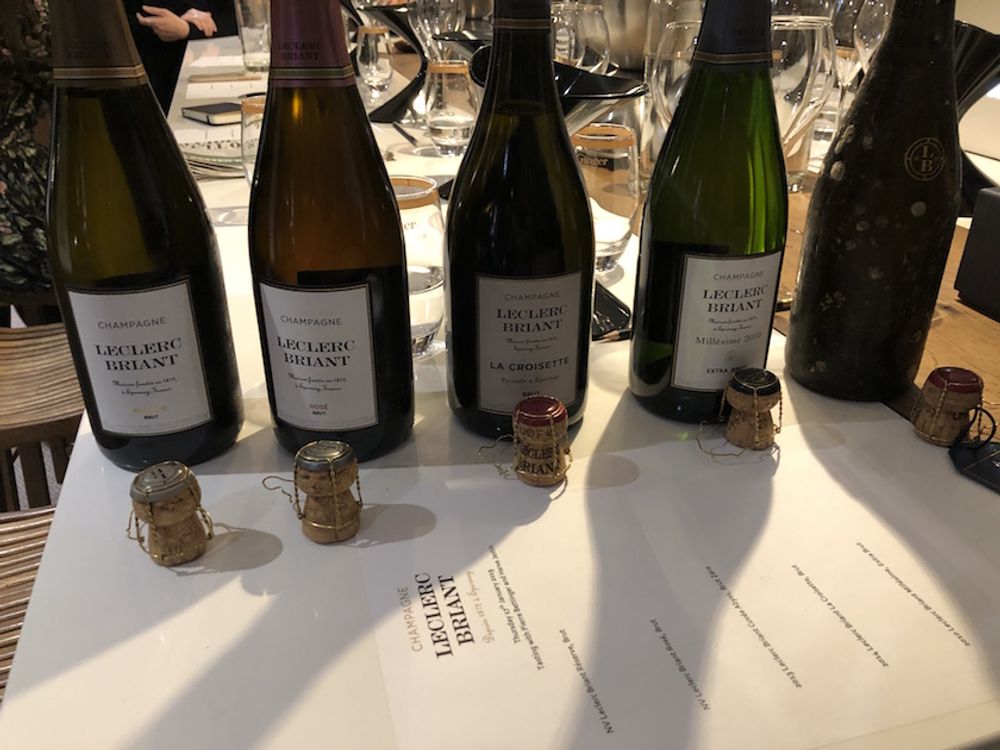
Chief among them is 2013 Leclerc Briant Cuvée Abyss, Brut Zero (RRP £168) which spends 15 months ageing in bottle 60 metres under the Atlantic Ocean, just off the Breton island of Ouessant. Jestin explains that this “permanent dynamisation” gives it a unique quality and that is certainly true. Equal thirds Pinot Noir, Meunier and Chardonnay, it’s incredibly precise, with a tantalising salinity that makes you question whether you’ve just fallen hook, line and sinker for the (genuine) barnacles on the bottle. Abyss has an ethereal quality to it, with layers of pure peach, lemons, limes and chewy green apple floating delicately around a tight mineral core. With the lack of dosage disguised by the generosity of the fruit, this really is mind-bending, with the structure suggesting it could probably last a lifetime.
Non-vintage Leclerc Briant Réserve, Brut (RRP £50) isn’t exactly conventional either because it doesn’t contain reserve wines. Fresh, juicy green apple meets ginger and lemon biscuit in this low dosage (4g/l), chalky, firm and focused Champagne that is equal parts Pinot Noir and Meunier, with 20% Chardonnay. Non-vintage Leclerc Briant Rosé, Brut (RRP £50) is also incredibly fresh, with pure cranberry, watermelon and even raw rhubarb. Tightly structured for a rosé, with dosage of 5g/l, it offers impressive length.
Having stared at the Abyss, nothing can compete. Or so it seems. 2014 Leclerc Briant La Croisette, Brut (RRP £124) is a real contender. Another zero dosage delight that wears its lack of added sugar like a glove. From a small half hectare vineyard next to the property, organic from the moment it was planted in the 1960s, 100% Chardonnay, it has a delicate air, with citrus blossom and toasted lemon brioche. Once again, the word ‘pure’ springs to mind, as baked apple and honey join the high-class party. Complex, generous and poised, this is drinking perfectly now, but clearly has at least a decade ahead of it.
If all this beauty and balance results from a piece of chalk and its relationship with the moon, then who cares why? It’s wonderful, so we should lap it up.
David Kermode is a wine presenter, writer, broadcaster and judge with his own website vinosaurus.co.uk
